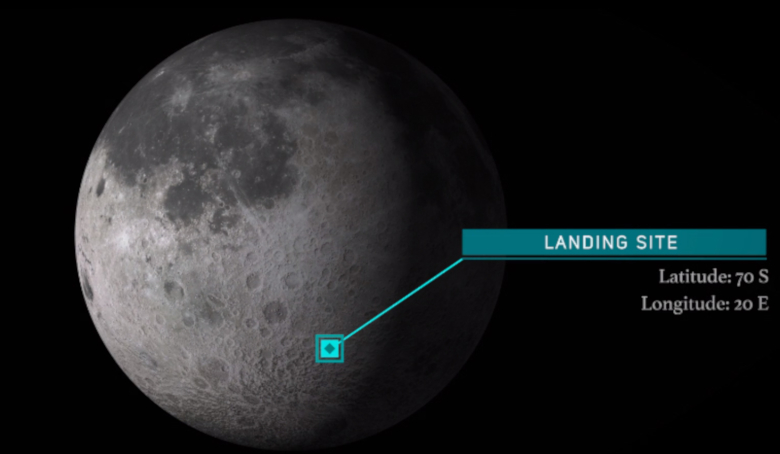Somewhere between 20:00 - 21:00 GMT (1:30 am and 2:30 am 7 September IST) tonight, India’s Chandrayaan-2 lunar lander Vikram is scheduled to touch down on the near side of the Moon; a feat that will see the the country become the first nation to reach closest to the lunar south pole.
This will be India’s second mission to our nearest celestial neighbour. Its first mission, Chandrayaan-1, orbited the Moon for 10 months between October 2008 and August 2009 and is best known for helping to discover evidence of water molecules on the moon. Its successor, Chandrayaan-2, will go a few steps further by aiming to study the Moon’s mineralogy, topography, exosphere and even possible seismic activity, courtesy of the packed payload it carries with it – seven instruments fill the orbiter, a further three devices are crammed on the lander and two are attached to the mission’s rover, Pragyan.
Pragyan is a 6-wheeled robotic unit that runs on solar power. It can travel up to 500 metres and, ike the Vikram lander is designed to last one lunar day (14 Earth days). The overhead orbiter, Chandrayaan-2, however is expected to spend a full year studying the Moon from its position high above.
Vikram already separated from its mothership four days ago and has since performed two manoeuvres to lower its altitude for a perfect touchdown.
"We are eagerly waiting for the event. Everything is going according to the plan," said K Sivan, chairman of the Indian Space Research Organisation (ISRO). "We're going to land at a place where no one else has gone before. We're confident about the soft landing.”
That soft landing should place Vikram and Pragyan at a latitude of about 70 degrees south in a high plain between two craters, Manzinus C and Simpelius N. This relatively unknown pock-marked region is littered with cold traps – permanently shadowed areas that have been untouched by sunlight for billions of years.
These sheltered spots are a prime location for the study of ancient water and ice left over from when comets and meteorites bombarded the lunar surface, thus offering scientists the chance to study an undisturbed record of the solar system's origins.
It will be a momentous occasion for India, if Vikram lands successfully, as the nation will become only the fourth country to soft-land on the Moon.
Joining the throng of onlookers witnessing this extraordinary moment in the history of India's space will be Prime Minister Narendra Modi. Modi who is said to be "extremely excited" about the landing will watch the events unfold live at ISRO’s headquarters in Bengaluru along with around 70 students from across the country.
"Everything... sensors, computers, command systems... has to work perfectly,” K Sivan said. “But we are confident in the sense we have conducted a large number of simulations on the ground; it gives us the confidence it would go alright.”











